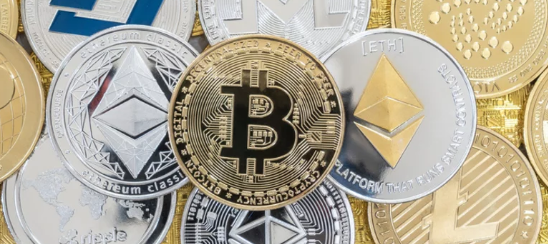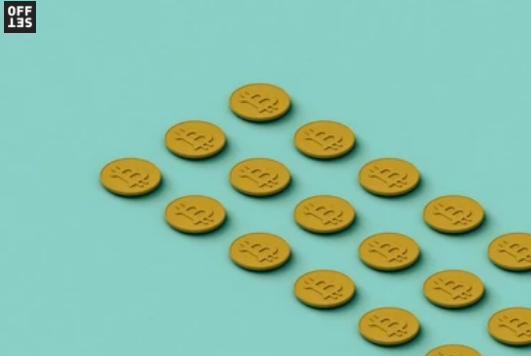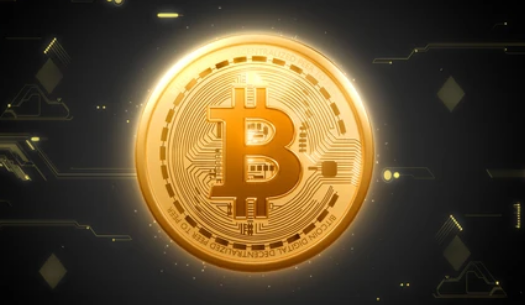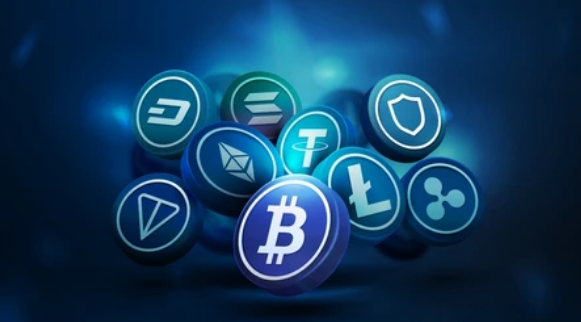In the world of cryptocurrencies, Ethereum has long been considered the undisputed leader in smart contracts, decentralized applications (dApps), decentralized finance (DeFi), and NFTs. However, a new player has risen in the blockchain space—Solana (SOL). With its lightning-fast transactions, low fees, and rapidly expanding ecosystem, Solana has earned the nickname “Ethereum Killer.”
But what does this term really mean, and can Solana truly replace or surpass Ethereum? Let’s explore why Solana has gained this reputation, its strengths, challenges, and whether it truly has what it takes to dethrone Ethereum.
The Rise of Solana
Launched in 2020 by Anatoly Yakovenko, Solana is a high-performance blockchain designed to address the scalability and cost issues plaguing Ethereum. While Ethereum processes about 15–30 transactions per second (TPS), Solana claims to handle over 65,000 TPS without sacrificing decentralization or security.
In just a few years, Solana has:
- Attracted billions in total value locked (TVL) in its DeFi ecosystem.
- Become a leading blockchain for NFTs.
- Gained support from major venture capital firms and institutional investors.
- Built an active developer and user community.
Why Is Solana Called the “Ethereum Killer”?
The term “Ethereum Killer” refers to any blockchain that aims to solve Ethereum’s limitations while providing similar or better functionality. Solana fits this description because of several game-changing features:
1. Unmatched Speed and Scalability
- Solana: Up to 65,000 TPS.
- Ethereum (pre-upgrade): ~15–30 TPS.
- Ethereum 2.0 (with scaling): Still years away from full sharding.
👉 Solana’s speed gives it an edge for real-time applications, gaming, and large-scale DeFi adoption.
2. Ultra-Low Transaction Fees
Ethereum users often complain about high gas fees, which can exceed $50 during peak congestion.
- Solana’s average fee: ~$0.01 per transaction.
👉 This makes Solana far more attractive for small transactions, NFT minting, and everyday use.
3. Innovative Technology
Solana introduced a unique Proof of History (PoH) mechanism combined with Proof of Stake (PoS).
- PoH timestamps transactions, creating a verifiable order of events.
- This innovation boosts efficiency and allows parallel processing, making Solana’s blockchain extremely fast.
4. Rapid Ecosystem Growth
- DeFi: Solana hosts major decentralized exchanges (DEXs) like Serum.
- NFTs: Platforms like Magic Eden and Solanart rival Ethereum’s OpenSea.
- dApps & Gaming: Developers are building scalable apps that benefit from Solana’s low fees.
👉 In just two years, Solana became one of the top 5 blockchains by market cap.
5. Strong Investor and Developer Support
Big names like FTX, Alameda Research, and Andreessen Horowitz have backed Solana. Its developer community is among the fastest-growing in crypto, rivaling Ethereum’s dominance.
Solana vs. Ethereum: The Battle for Dominance
| Feature | Ethereum | Solana |
|---|---|---|
| Launch Year | 2015 | 2020 |
| Consensus Mechanism | Proof of Stake (after Ethereum 2.0) | Proof of Stake + Proof of History |
| Transaction Speed | ~30 TPS (ETH 2.0 can scale higher) | 65,000 TPS |
| Transaction Fees | $5–$50 (depending on network demand) | ~$0.01 |
| Ecosystem | Largest in DeFi & NFTs | Rapidly growing, especially NFTs & gaming |
| Decentralization | Highly decentralized, thousands of nodes | Less decentralized, ~2,000 validators |
Challenges Solana Faces
Despite its impressive achievements, Solana is not without flaws.
- Network Outages: Solana has experienced multiple outages due to overloads, raising concerns about reliability.
- Decentralization Concerns: While Ethereum has thousands of nodes worldwide, Solana’s validator set is smaller, raising fears of centralization.
- Ethereum’s Network Effect: Ethereum remains the first choice for most developers, with the largest ecosystem of dApps, DeFi platforms, and NFTs.
- Competition from Other Blockchains: Cardano, Avalanche, and Polkadot are also vying for Ethereum’s throne.
Can Solana Really Kill Ethereum?
The title “Ethereum Killer” is more of a marketing label than a guaranteed outcome. While Solana offers superior speed and lower costs, Ethereum’s first-mover advantage, massive developer base, and upcoming Ethereum 2.0 upgrades keep it firmly in the lead.
It’s unlikely that Solana will completely replace Ethereum. Instead, the future may involve coexistence—with Ethereum as the backbone of decentralized finance and Solana leading in areas like NFTs, gaming, and fast consumer applications.
The Future of Solana
If Solana can solve its network stability issues and continue to attract developers, it has the potential to become one of the most widely used blockchains in the world. Its strengths in speed and low fees make it appealing for mass adoption, especially for industries requiring high-volume, low-cost transactions.
Final Thoughts
Solana has earned the nickname “Ethereum Killer” because it addresses Ethereum’s biggest weaknesses: slow speed and high fees. With its innovative Proof of History, low costs, and fast-growing ecosystem, Solana is undoubtedly a strong competitor.
However, Ethereum’s dominance, ongoing upgrades, and vast community make it extremely difficult to dethrone. The most realistic outcome is not one blockchain replacing the other but a multi-chain future where both Ethereum and Solana thrive in their unique niches.





